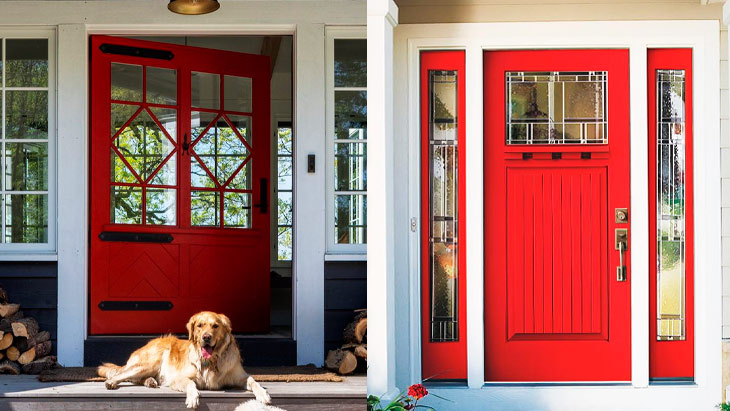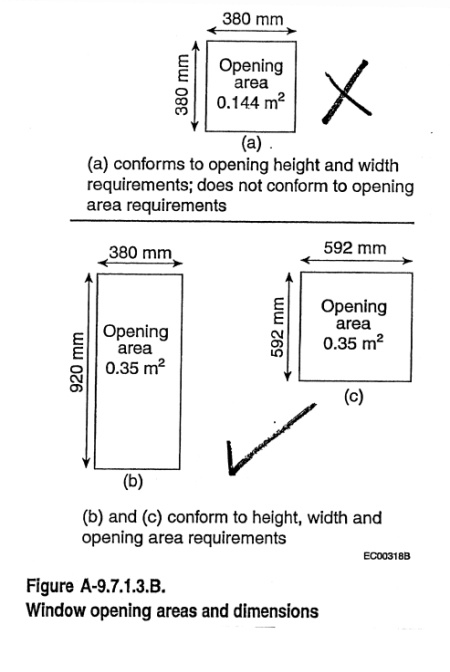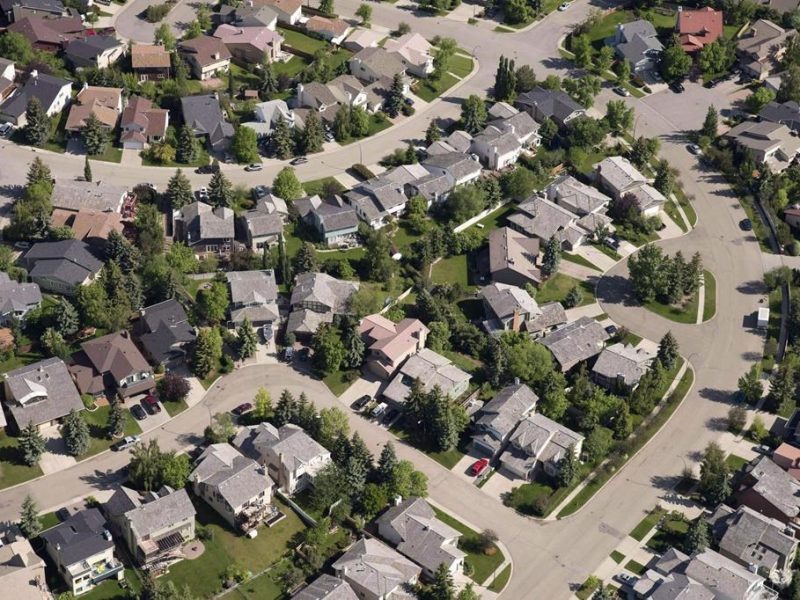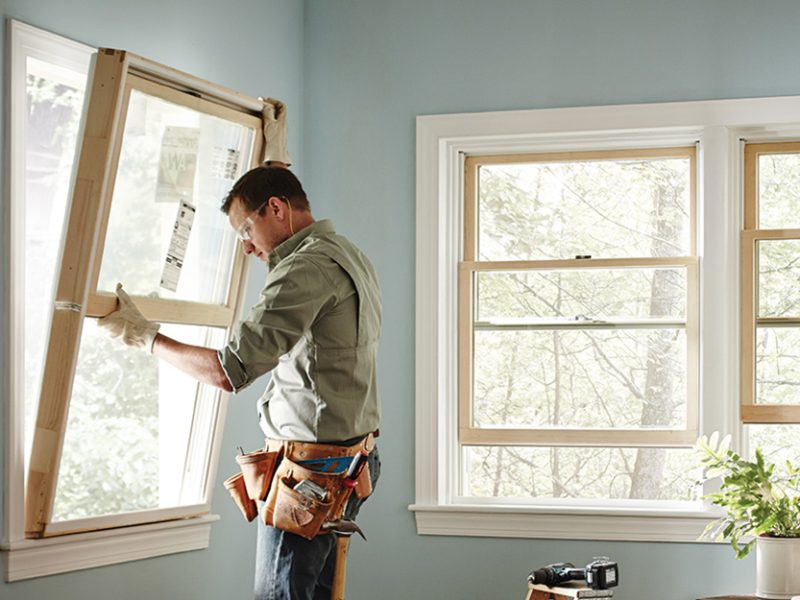Energy-efficient windows are designed to prevent heated or cooled air from escaping your home, helping to reduce your energy consumption and increase your comfort. These windows come with multiple benefits including lower energy bills, enhanced indoor comfort, and a reduced environmental impact.
Understanding Energy Efficiency Ratings
Energy-efficient windows are rated based on their ability to retain heat and block solar heat gain. Two key metrics are:
- U-Factor: This measures the window’s insulation properties. Lower U-factor values indicate better insulation, ideal for colder climates.
- Solar Heat Gain Coefficient (SHGC): This measures how much solar heat the window lets through. Lower SHGC values are preferable in warmer climates to minimize unwanted heat.
| Rating Type | Description | Ideal Value |
|---|---|---|
| U-Factor | Insulation effectiveness | Lower is better (e.g., <0.30) |
| SHGC | Solar heat blockage | Lower is better (e.g., <0.25) |
Types of Energy-Efficient Windows
Energy-efficient windows come in various types, each offering different benefits:
-
- Double-pane windows: These have two layers of glass with an air or gas-filled space in between, providing good insulation.
- Triple-pane windows: These offer superior insulation compared to double-pane, featuring three layers of glass and two air or gas spaces.
- Low-Emissivity (Low-E) Windows: These have a thin coating that reflects infrared light, keeping heat inside in winter and outside in summer.

Costs and Savings
While the initial cost of energy-efficient windows can be high, they provide significant long-term savings. Here’s a breakdown:
- Initial Costs: Depending on the window type and materials, costs can vary significantly.
- Long-Term Savings: Energy-efficient windows can save you up to 25% on your energy bills annually by reducing heating and cooling costs.
Choosing the Right Windows for Your Home
Selecting the right windows involves considering your climate, the window orientation, and the frame materials. For instance, vinyl and wood frames offer good insulation and ar best site e generally more effective than aluminum frames.
Installation Process
Proper installation is crucial to maximize the benefits of energy-efficient windows. It’s recommended to hire professionals who will ensure that the windows are correctly sealed and insulated.
Government Incentives and Rebates
Many governments offer incentives for installing energy-efficient windows, such as tax credits or rebates. These can significantly offset the initial costs. For example, the U.S. federal government offers a tax credit for certain energy-efficient home improvements.
Maintenance and Care
Maintaining your energy-efficient windows involves regular cleaning and ensuring that the seals and weatherstripping are intact. This helps preserve their energy-efficient properties and extends their lifespan.
Impact on Home Value
Energy-efficient windows can increase your home’s resale value. Studies show that homes with energy-efficient upgrades sell at a higher price than homes without these improvements.
Conclusion
Upgrading to energy-efficient windows is a wise investment that pays off in lower energy bills, increased comfort, and enhanced home value. By understanding the different types of windows, their benefits, and maintenance needs, you can make an informed decision that suits your home and climate.

Hello and welcome! I’m Michael Liebe, the proud founder of EveryDetail Installations. With over 15 years of hands-on experience in the door and window installation industry, I’ve dedicated my career to tackling the intricate challenges of custom installations, ensuring each project not only meets but exceeds the highest standards of functionality, style, and energy efficiency.



